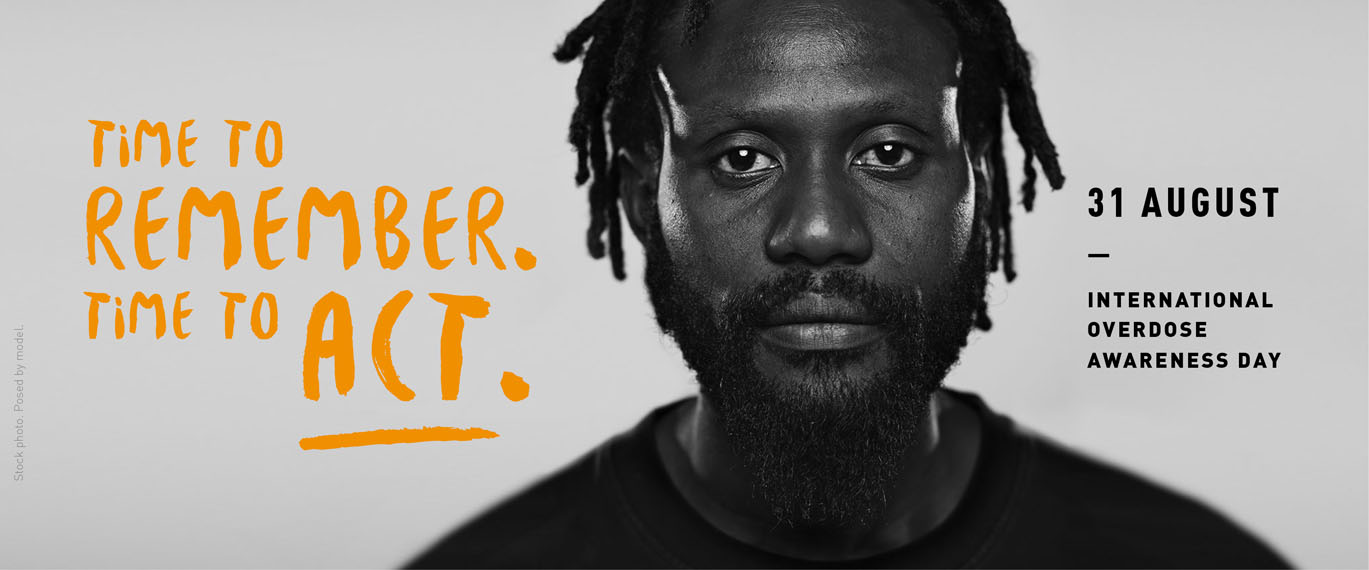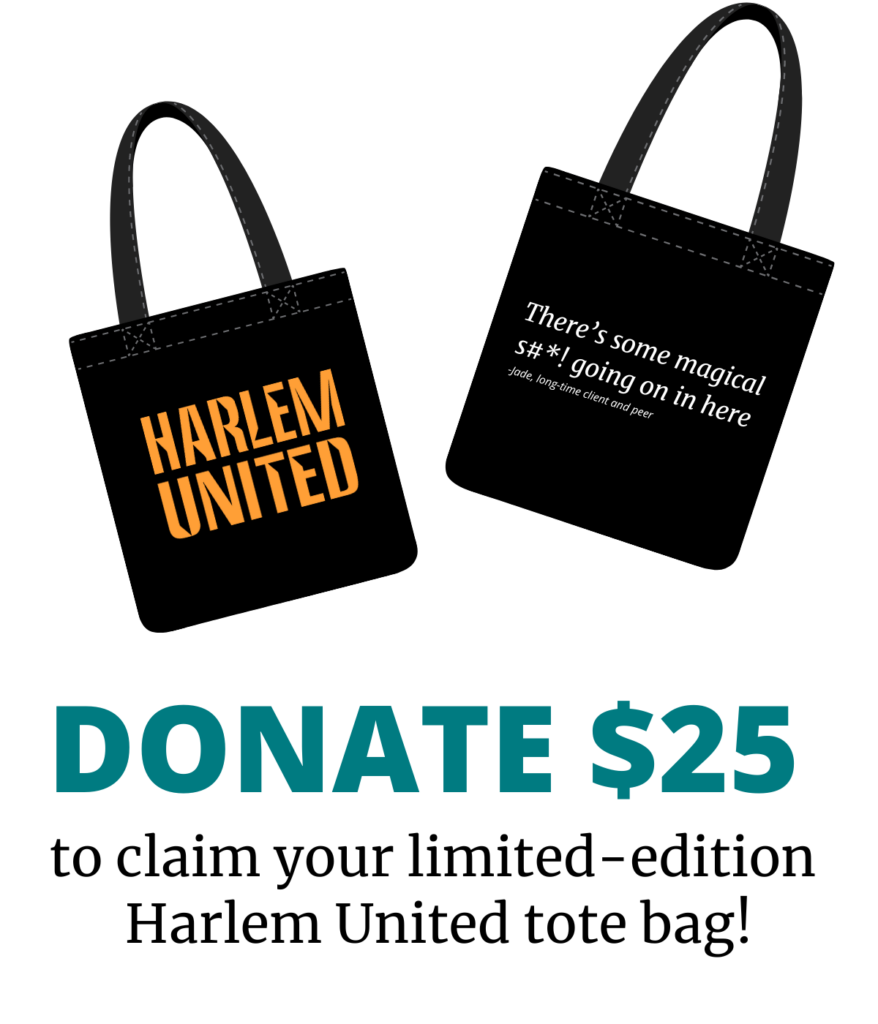Every year on August 31, people around the world observe International Overdose Awareness Day (IOAD). IOAD is a time to educate yourself and others about drug overdose, to learn how to prevent overdose-related deaths, and to remember those we have lost. There are also IOAD events taking place around the country and around the world.
Here are seven things you should know about fatal drug overdose and how to prevent it:
- 47,055 people died of drug overdose in the United States in 2014. That’s about 15 people for every 100,000 in the country — a 6.5% increase over the previous year. Worldwide, up to 231,000 people die from drug overdose every year.
- Drug overdose deaths have increased dramatically in New York City over the past five years — by over 73%. In fact, according to the New York City Department of Health, there were 937 drug overdose deaths in 2015, compared to 800 in 2014, and 541 in 2010. This is the fifth year in a row the number of overdose deaths has increased.
- Heroin isn’t the only drug that can cause an overdose. In fact, prescription opioids, such as oxycodone (OxyContin), hydrocodone (Vicodin), and methadone, are involved in more overdose deaths than heroin.
- Anyone can overdose. Media portrayals of “drug users” tend to be very limited. People who use drugs are depicted as homeless, gang members, or reckless party-goers. The reality is that people across many backgrounds and demographics use drugs in a way that can lead to an overdose. You may know someone at risk of an overdose without even realizing it — that’s why it’s important for everyone to be aware of the signs and to be trained to respond.
- There is a drug that can instantly stop an opioid overdose, and in many states it’s even available without a prescription. Called naloxone, or the by brand name Narcan, it reverses the effects of opioids in the brain as the overdose is happening. Anyone can use naloxone to help a person who has overdosed until paramedics arrive. You can sign up for Harlem United’s free overdose prevention training and receive a free naloxone kit by emailing Rebecca Goldberg at rgoldberg@harlemunited.org.
- You should always call 911 when you suspect someone may be overdosing. Signs of overdose include shallow or no breathing, snoring or gurgling sounds, blue lips or fingertips, floppy arms and legs, being unable to be woken up, seizures, severe headache or chest pain, and/or disorientation. A person who is overdosing may not exhibit all of these symptoms, but you should still call for help. In New York and some other states, Good Samaritan laws protect those who call 911 from prosecution for minor, drug-related offenses.
- You can prevent a drug overdose by taking a few steps to keep yourself and others safe. Don’t use drugs alone, tell someone where and when you’ll be using. Try new brands of drugs in small amounts, and be aware of any changes to your tolerance (for example, if you haven’t used in a while). Be especially careful when mixing drugs and have someone nearby who has naloxone and/or has been trained in overdose prevention.
[message type=”info”]
Now what?
Here are three easy ways you can take action on International Overdose Awareness Day:
- If you live in New York City, register for a free overdose prevention training by emailing Rebecca Goldberg at rgoldberg@harlemunited.org.
- Join the IOAD conversation online by using the hashtag #OverdoseAware2016 on social media.
- Most importantly, remember that drug overdose is preventable. Share this article with your friends and family so that you can protect yourself and your community.
[/message]

